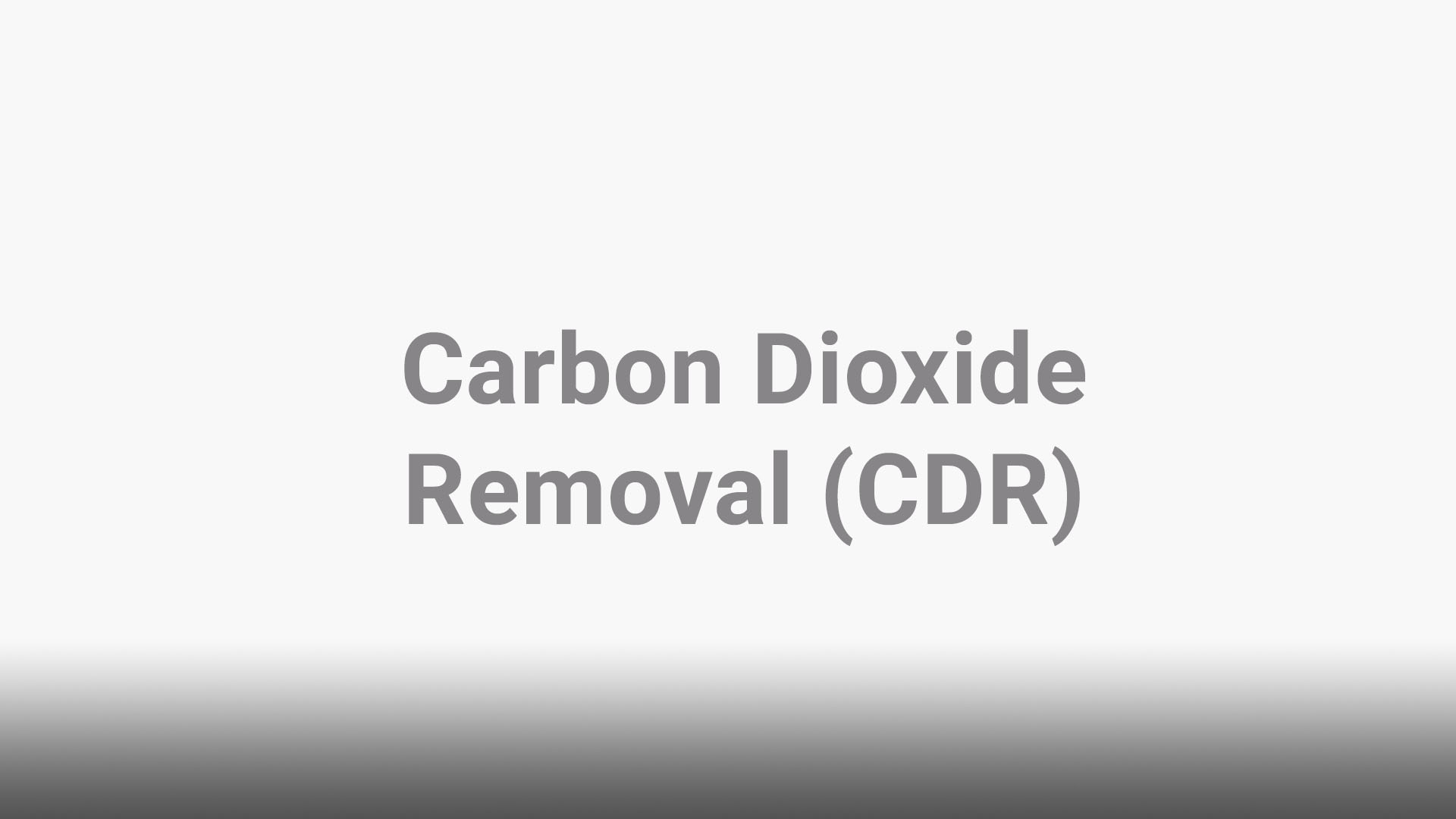VISION & MISSION
Our vision is to build a vast number of Direct Air Capture plants before 2030. Our group exploring forefront Direct Air Capture technology, intense research, and cross-sector collaboration
Our vision is to build and initiate a vast number of Direct Air Capture (DAC) plants before 2030. Our group is working to achieve this by exploring forefront Direct Air Capture technology, conducting intense research, and facilitating cross-sector collaboration. Today,billions of people are already experiencing the effects of climate change. Climate scientists communicate that to meet the temperature goals of the 2016 Paris Agreement, removal of existing carbon dioxide from the atmosphere is necessary. Aggressive emissions reductions are imperative, and large-scale carbon removal is also required.
Through leading Direct Air Capture technologies from Carbon Engineering Ltd. (CE), the Nordic DAC Group is committed to accelerating the implementation of DAC plants. In respect of the Goals of the 2030 Agenda for Sustainable Development, Climate Action is key! It calls for urgent action to combat climate change and its impacts, with the climate being intrinsically linked to all 17 UN Goals, such as no poverty and food security, life on land, health and peace. Join our efforts to push the new Direct Air Capture industry to mitigate climate change.
Join our network and start the journey with us to remove carbon dioxide from the air.
LEADING DAC TECHNOLOGY
At the Nordic DAC Group, we are the business developers and builders. We share a common goal with the DAC technology leader Carbon Engineering from Canada. To tackle climate change, and accelerating the DAC industry to capture more carbon from the atmosphere.
DIRECT AIR CAPTURE
Direct Air Capture (DAC) is a technology that captures carbon dioxide (CO₂) directly out of atmospheric air with an engineered, mechanical system. Carbon Engineering Direct Air Capture technology can scale up to capture one million tons of carbon dioxide per year with each commercial facility. That quantity of carbon dioxide is equivalent to the annual emissions of 250,000 average cars or the work of 40 million trees.
APPLICATIONS
Direct Air Capture (DAC) is a technology that captures carbon dioxide (CO₂) directly out of atmospheric air with an engineered, mechanical system. Carbon Engineering Direct Air Capture technology can scale up to capture one million tons of carbon dioxide per year with each commercial facility. That quantity of carbon dioxide is equivalent to the annual emissions of 250,000 average cars or the work of 40 million trees.
Copyrights Carbon Engineering Ltd.
Copyrights Carbon Engineering Ltd.













